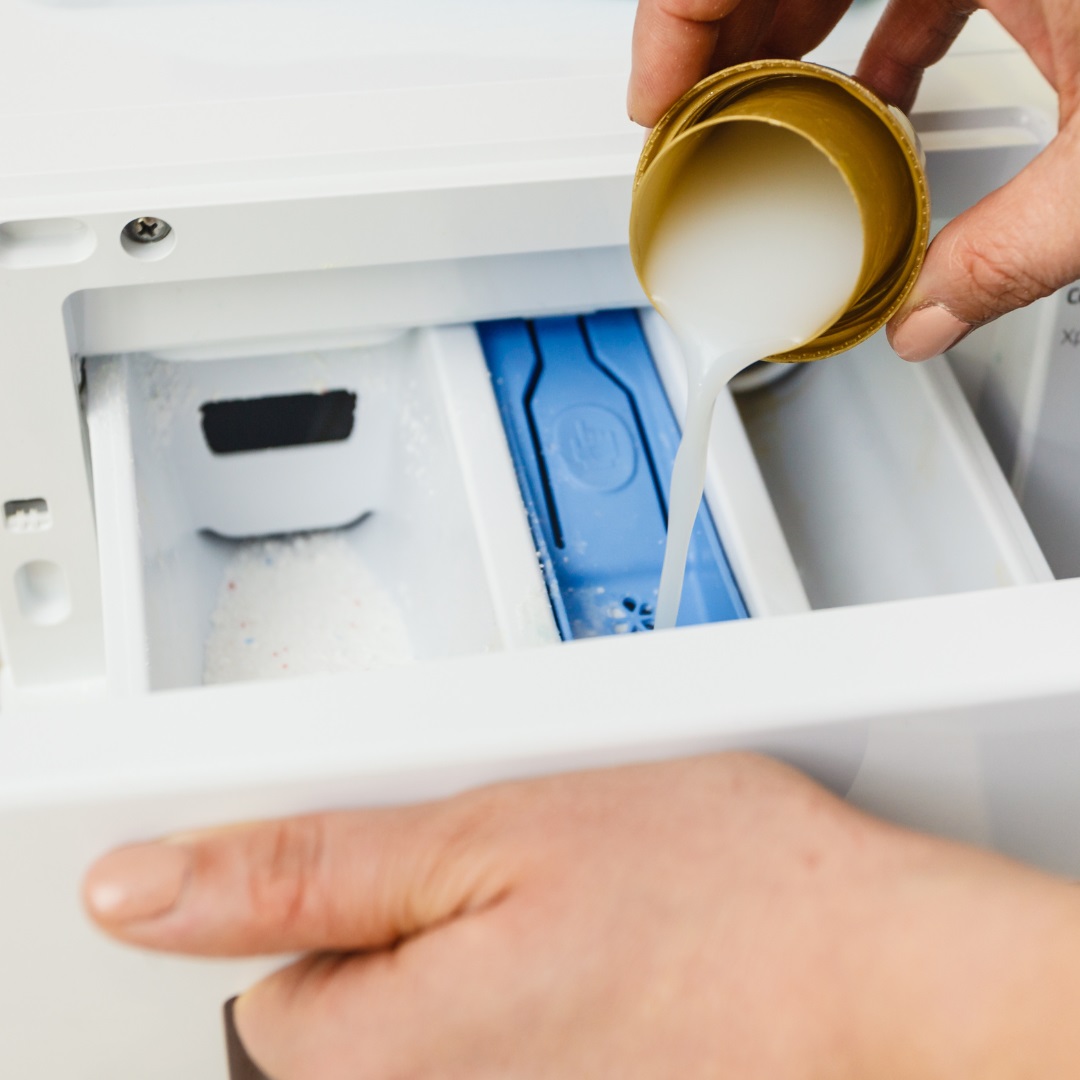Keeping interior spaces clean and sanitised is more important than ever in the modern world, especially in light of the persistent worries about infectious diseases and airborne germs. To ensure the efficacy of room sanitisers, which are becoming more and more popular in Singapore, it is crucial to comprehend the science underlying these techniques. We explore the scientific underpinnings of efficient room sanitisation techniques in this extensive guide, providing insight into the operation of these technologies and their consequences for preserving a hygienic living or working environment.
Room Sanitisation
Room sanitisation involves the process of eliminating or reducing harmful microorganisms, such as bacteria, viruses, and fungi, from surfaces and the air within a confined space. This process aims to create a clean and hygienic environment, reducing the risk of infections and diseases spreading among occupants. Effective room sanitisation methods target both surface contaminants and airborne particles to ensure comprehensive protection.
The Role of Air Sanitisers in Room Sanitisation
Air sanitisers play a crucial role in room sanitisation by targeting airborne pathogens and pollutants. These devices utilise various technologies, such as UV-C light, ozone generation, and advanced filtration systems, to deactivate or remove harmful microorganisms from the air. In Singapore, where indoor air quality can be compromised due to pollution and humidity, air sanitisers offer an effective solution for maintaining clean and breathable air indoors.
UV-C Light Technology: A Key Component of Air Sanitisers
One of the most common technologies used in air sanitisers is UV-C light. UV-C light is a type of ultraviolet radiation that has germicidal properties, meaning it can inactivate microorganisms by damaging their DNA or RNA. When air passes through an air sanitiser equipped with UV-C lamps, the UV-C light irradiates the airborne pathogens, rendering them incapable of reproducing or causing infections. This technology is highly effective in killing bacteria, viruses, and moulds, making it an essential component of air sanitisation systems.
Ozone Generation for Air Purification
Ozone generation is another method used in air sanitisers to purify indoor air. Ozone, a naturally occurring gas composed of three oxygen atoms, has strong oxidising properties that enable it to destroy organic contaminants, including bacteria and viruses. When ozone is released into the air, it reacts with airborne pollutants and microorganisms, breaking down their molecular structure and rendering them harmless. However, it’s essential to use ozone-generating air sanitisers with caution, as high concentrations of ozone can be harmful to human health.
Advanced Filtration Systems for Air Purification
In addition to UV-C light and ozone generation, air sanitisers in SIngapore often incorporate advanced filtration systems to capture and remove particulate matter from the air. High-efficiency particulate air (HEPA) filters are commonly used in air purifiers to trap airborne particles, including dust, pollen, pet dander, and smoke. HEPA filters are designed to capture particles as small as 0.3 microns with a high-efficiency rate, ensuring that the air circulating in the room is free from contaminants. This combination of technologies makes air sanitisers highly effective in improving indoor air quality and reducing the risk of respiratory ailments.
Implications for Room Sanitisation in Singapore
In Singapore, where the tropical climate and urbanisation contribute to indoor air pollution, the use of room sanitisers and air sanitisers is particularly relevant. These technologies offer an effective means of combating indoor air pollution and reducing the transmission of airborne pathogens, especially in densely populated areas such as homes, offices, schools, and healthcare facilities. By investing in reliable room sanitisation methods, individuals and businesses in Singapore can create safer and healthier indoor environments for occupants.
Conclusion
Effective room sanitisation is essential for maintaining clean and hygienic indoor environments, particularly in light of current health concerns. Understanding the science behind room sanitisation methods, including air sanitisers, UV-C light technology, ozone generation, and advanced filtration systems, is crucial for ensuring their effectiveness. In Singapore, where air quality and hygiene standards are paramount, leveraging these technologies can help create safer and healthier living and working spaces for all.
For reliable room sanitisation solutions in Singapore, explore BioCair’s range of products today.

